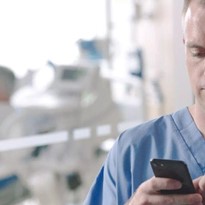Patient monitoring systems have revolutionized the way healthcare providers approach patient care. By providing real-time data on vital signs such as heart rate, blood pressure, oxygen levels, and temperature, these systems have become an essential tool in providing quality healthcare to patients. In this article, we will provide a comprehensive guide on patient monitoring systems, including their benefits, types, and the impact they have had on the healthcare industry.
Benefits of Patient Monitoring Systems: The use of patient monitoring systems has numerous benefits, including:
- Continuous Monitoring: One of the biggest benefits of patient monitoring systems is that they allow for continuous monitoring of vital signs. This is especially important for critically ill patients who require constant monitoring, as it helps healthcare providers to quickly detect changes in a patient's condition and respond accordingly.
- Real-Time Data: Patient monitoring systems provide real-time data on a patient's vital signs, which enables healthcare providers to make informed decisions quickly. This is particularly beneficial in emergency situations, where quick response time can be the difference between life and death.
- Improved Patient Safety: By continuously monitoring vital signs, patient monitoring systems help in detecting and preventing serious health problems before they become life-threatening. This results in improved patient safety and reduces the risk of adverse events.
- Better Decision-Making: The data collected by patient monitoring systems can be analyzed and used by healthcare providers to make informed decisions about a patient's care. This results in more effective treatment and improved patient outcomes.
- Increased Patient Comfort: By using patient monitoring systems, healthcare providers can monitor patients without having to constantly enter the room, which can be disruptive and uncomfortable for the patient.
Types of Patient Monitoring Systems include:
- Bedside Monitors: Bedside monitors are typically used in hospitals and provide real-time data on a patient's vital signs. These monitors are connected to the patient via sensors and transmit the data to a central monitoring station, where healthcare providers can access the information.
- Wearable Devices: Wearable devices, such as wearable heart rate monitors, are increasingly popular due to their convenience and portability. These devices can be worn by the patient and transmit data wirelessly to a central monitoring station.
- Remote Monitoring Systems: Remote monitoring systems allow healthcare providers to monitor patients remotely, which is particularly useful for patients who are being discharged from the hospital but still require monitoring. These systems use wireless technology to transmit data from the patient's home to a central monitoring station.
Impact of Patient Monitoring Systems on the Healthcare Industry:- The impact of patient monitoring systems on the healthcare industry has been significant, and continues to grow as technology advances. Here are some of the key ways in which patient monitoring systems have impacted the healthcare industry:
- Improved Patient Outcomes: The use of patient monitoring systems has resulted in improved patient outcomes, as healthcare providers are able to make informed decisions and provide prompt care based on real-time data.
- Enhanced Patient Safety: By continuously monitoring vital signs, patient monitoring systems help in detecting and preventing serious health problems before they become life-threatening. This has resulted in enhanced patient safety and reduced the risk of adverse events.
- Increased Efficiency: By providing real-time data, patient monitoring systems have enabled healthcare providers to make informed decisions more quickly and efficiently. This has improved the overall efficiency of the healthcare system and reduced the need for manual checks and follow-up appointments.
- Reduced Costs: The use of patient monitoring systems has reduced the need for manual checks and follow-up appointments, which has reduced patient costs


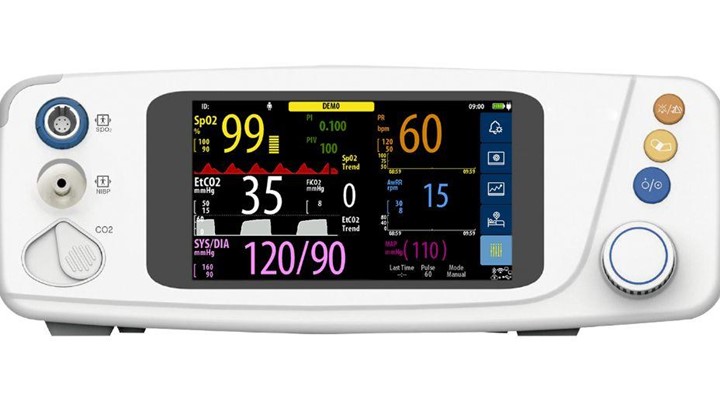
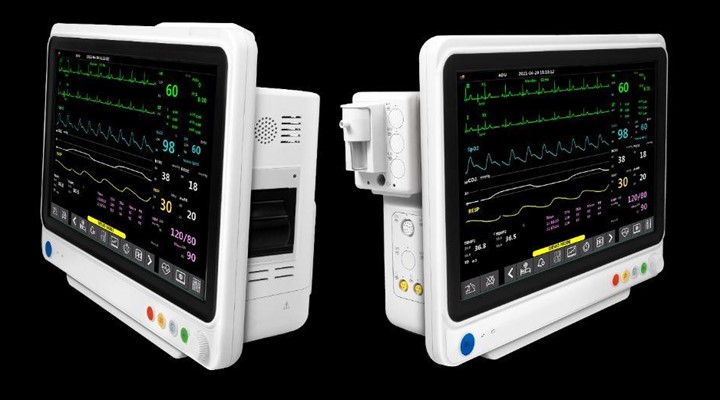
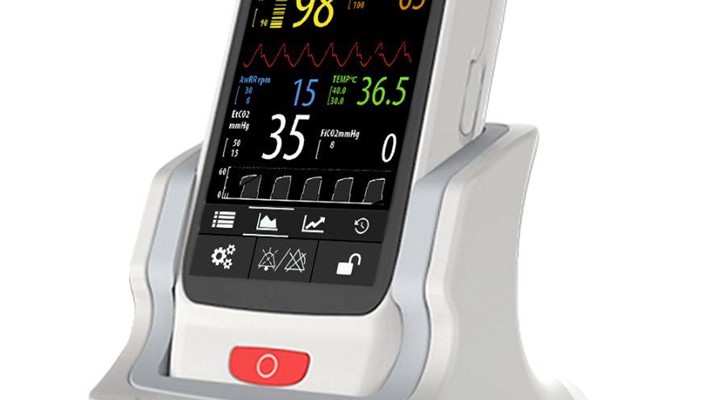




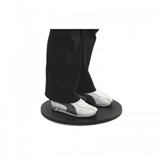
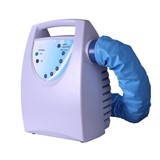

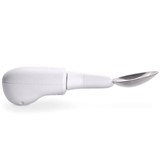

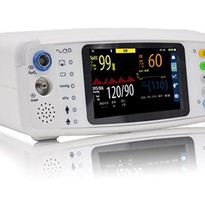
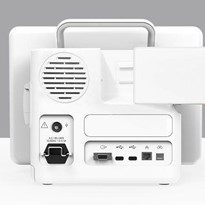
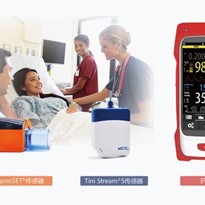
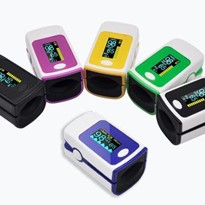
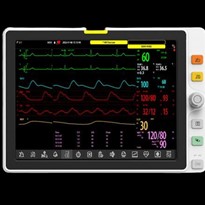
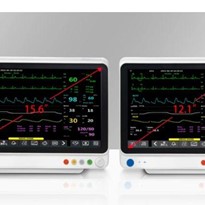
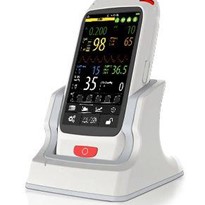

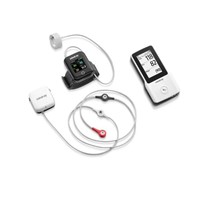





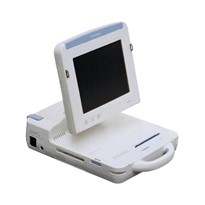


-205x205.jpg)

-205x205.jpg)



